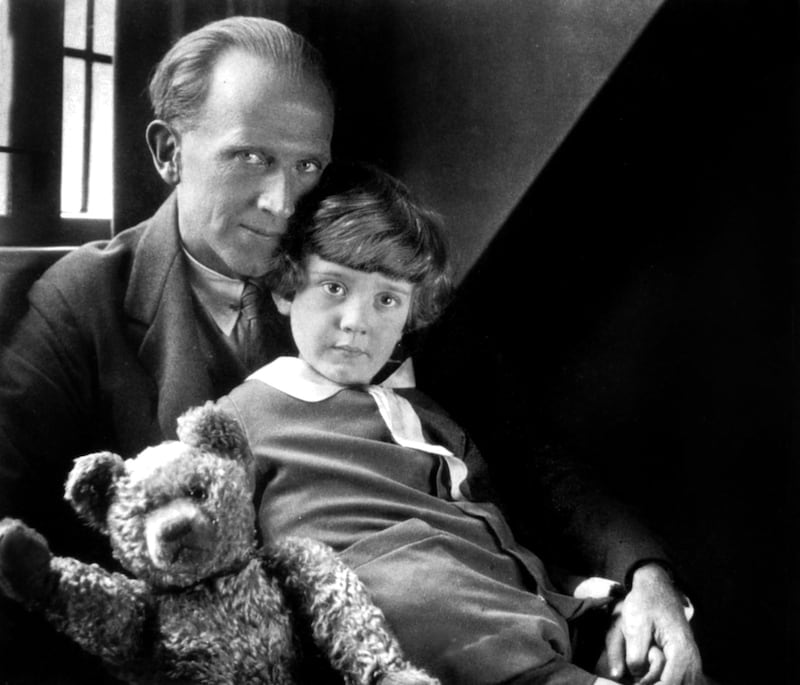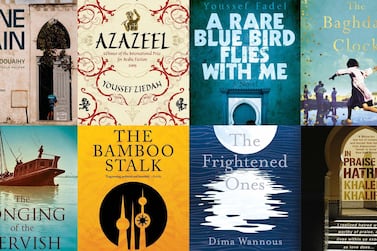Friday, August 21 2020 would have been Christopher Robin Milne’s 100th birthday.
The late English author and bookseller is best known because his name was used for the character in the Winnie-the-Pooh stories, which were written by his father, A A Milne. But Christopher lived a tumultuous life. He has spoken about how he spent much of his childhood living in the shadow of his father and his namesake character, developing a fraught relationship with his toy bear, a relationship he managed to iron out only as an adult.
Christopher’s strained connection to his father and Pooh was explored in 2017's Goodbye Christopher Robin. Yet, like any Hollywood biopic, the film does employ dramatic licence. So what was his life really like?
How Christopher Robin met Winnie The Pooh
A A Milne gave Christopher a toy bear as a gift on his first birthday. With its long arms and ramrod-straight posture, it seems oddly proportioned by today’s Build-a-Bear standards.
But the toy’s golden fur and its contemplative, slightly glum expression provided Milne with the inspiration for the famous, honey-loving Pooh. The bear was not immediately known as Winnie-the-Pooh, however. Christopher first gave the toy bear the name Edward, and it made its literary debut in his father’s 1924 poetry collection When We Were Very Young as Edward Bear.
In the same collection the name Pooh was attached to a swan. “Christopher Robin, who feeds this swan in the mornings, has given him the name of ‘Pooh.’ This is a very fine name for a swan,” Milne wrote in the introduction of the children’s book. “Because, if you call him and he doesn’t come (which is a thing swans are good at), then you can pretend you were just saying ‘Pooh!’ to show him how little you wanted him.”
The name Winnie came from a black bear at London Zoo. A Canadian lieutenant and veterinary surgeon brought the bear cub to London at the beginning of the First World War, naming her after the city of Winnipeg and leaving her at the local zoo before he was sent to France.
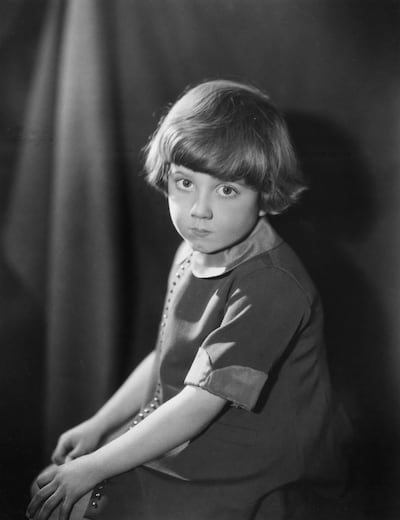
Christopher became enchanted by the bear and decided to rename his teddy after it. His playtime with Winnie and his other toy animals was an inspirational well for Milne, and by 1926 the slow-witted but thoughtful anthropomorphic bear took full form in the book Winnie-the-Pooh.
Fame was not always a burden for Christopher. As a young boy, he revelled in the attention his fictional doppelganger brought him. “It was exciting and made me feel grand and important,” he told The Telegraph in the 1970s.
But his uneasy relationship with Winnie-the-Pooh began soon after he was sent to boarding school at the age of 9. His father’s books were immensely popular by then, which made Christopher subject to incessant bullying.
“For it was then that began that love-hate relationship with my fictional namesake that has continued to this day,” he wrote in his 1974 autobiography The Enchanted Places. “At home I still liked Christopher Robin, indeed felt at times quite proud that I shared his name and was able to bask in some of his glory. At school, however, I began to dislike him and I found myself disliking him more and more the older I got. Was my father aware of this? I don’t know.”
The real stuffed toys owned by Christopher Robin Milne and featured in the Winnie-the-Pooh stories. pic.twitter.com/msbJ02TGlV
— Bibliophilia (@Libroantiguo) January 31, 2015
But more than the Winnie-the-Pooh stories, it was Milne’s famous and sentimental poem Vespers that bullies would quote to taunt Christopher: “Hush! Hush! Whisper who dares! / Christopher Robin is saying his prayers.”
“It is the one work that has brought me over the years more toe-curling, fist-clenching, lip-biting embarrassment than any other,” Christopher wrote in his memoir.
It was through writing that autobiography that Christopher learnt how to come to terms with the attention Pooh brought him. In a later work, he wrote about how The Enchanted Places “combined to lift me from under the shadow of my father and of Christopher Robin, and to my surprise and pleasure I found myself standing beside them in the sunshine able to look them both in the eye.”
His relationship with his parents
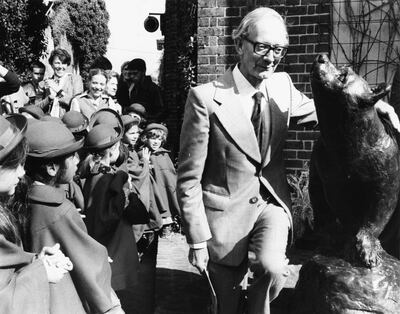
The 2017 biopic portrays Christopher’s mother, Daphne Milne, as aloof and more concerned with life as a socialite than caring for her only child. As a consequence, Christopher is left almost exclusively in the care of his nanny, Olive Brockwell, who he affectionately nicknamed Nou.
Christopher and Brockwell were close in real life, and when he eventually wrote his memoirs, he dedicated them to his late nanny: “Alice to millions, but Nou to me.”
But his relationship with his mother was more important than the film suggests. “When a child is small it is his mother who is mainly responsible for the way he is brought up. So it was with me. I belonged in those days to my mother rather than my father,” Christopher wrote in The Enchanted Places.
His mother also seems to have played a vital part in bringing the Pooh characters to life. In a 1990 article in The New York Times, Christopher is quoted as saying: “It was my mother who used to come and play in the nursery with me and tell him about the things I thought and did. It was she who provided most of the material for my father’s books.”
Still, that’s not to say their relationship was a healthy one. After Christopher’s father died in 1956, he saw his mother only once in the remaining 15 years of her life. She refused to see him on her deathbed. However, in an interview in 1970, Christopher said he had bid farewell to his parents “long ago” and didn’t harbour any negative feelings towards them.
At first, he famously refused to take any of his father’s royalties, saying that “a lift from my fictional namesake of all people would have been the final insult”. However, in time, he did take the money. “I had to accept it,” he said. “For Clare’s sake.”
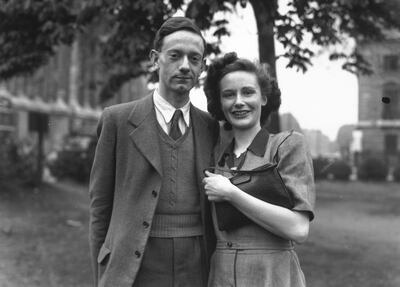
Clare was his daughter with his wife, Lesley de Selincourt. She was born in 1956, a few months after the death of Christopher’s father. She had cerebral palsy, and the cost of therapy and surgery forced Christopher to tap into the royalties from his father’s works. He sold his share in the future royalties and set up a trust fund for Clare. In his memoir, he wrote that Clare “set us an example and taught us a philosophy that parents don’t usually expect to learn from their children”. She died in 2012.
In his later years, Christopher lived with neuromuscular disease. He died in his sleep in 1996 at the age of 75.
His obituary in The Independent described him as “a remarkable man who triumphantly survived a remarkable childhood, though not without considerable pain on the way”.

